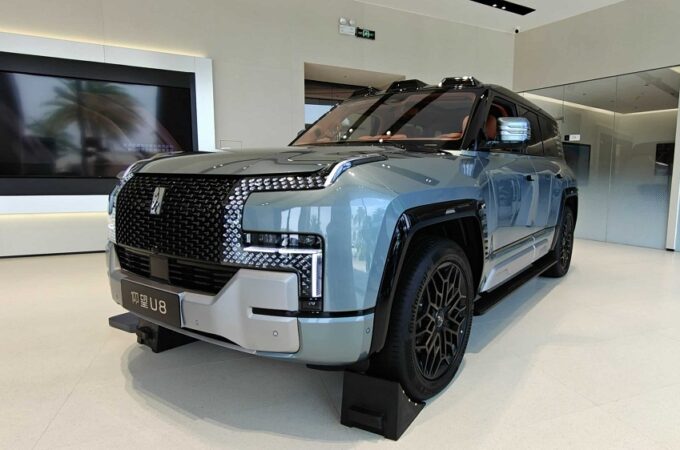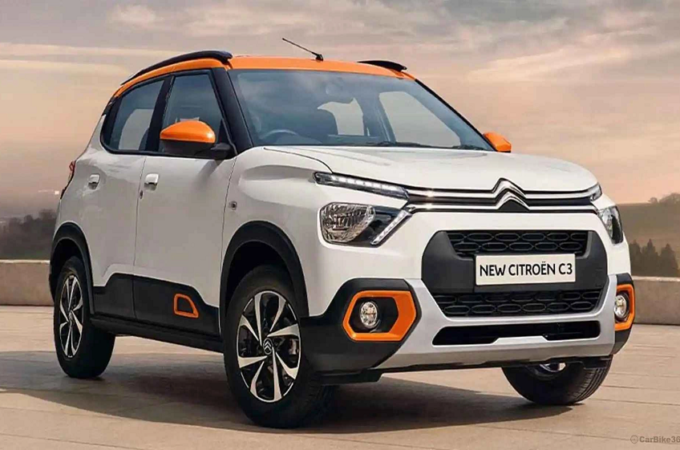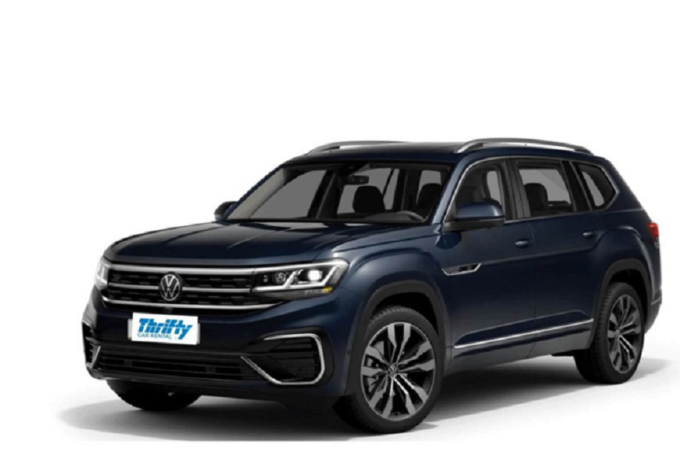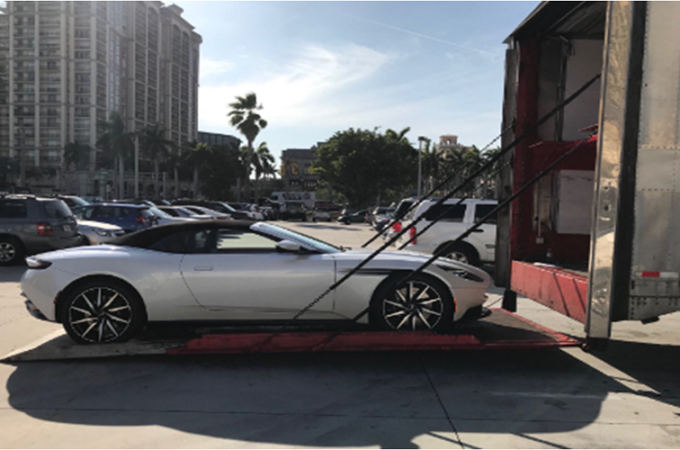
Choosing your first used car: where to start?
Are you looking for your first car? And it will be used, a question of respecting your embryonic financial heritage? Good thing, you are on auto the largest auto ads site in Canada. At the time of this writing, we have 416,687 used vehicles advertised on our pages. For someone who has never had their own car, we admit, the scale of the offer is intimidating.
As in real estate, it is essential to set a budget – and stick to it – in order to avoid an emotional roller coaster.
To combat the vertigo of indecision, there’s nothing like establishing a work plan, especially when you don’t know where to start! The steps below will help guide you to the chosen one in your parking space, and they were put to the test by my offspring, who just took action. You are ready? Let’s go!
Set a budget
Buying a car is the second most important expense in a lifetime, after buying a home. As in real estate, it is essential to set a budget – and stick to it – in order to avoid an emotional roller coaster. Only you know your financial capacity, but know that by using the price filters on the search engines of sites such as auto, you avoid eyeing the “beauties” located at a level of debt greater than your capacity.
Above all, don’t forget that any used vehicle, no matter how nickel it is, will inevitably require an upgrade, whether it is at the level of the replacement of common wear parts (tires, brakes, shock absorbers, ball joints, etc.) or aesthetics (scratches to polish, rust to treat, hubcap to replace, etc.). Be prepared to spend $ 1,000 in the short term, while planning a good $ 500 upkeep each year. When establishing your budget, therefore, add such a contingency and take into account registration fees, sales taxes and insurance.
Remember, however, that everything is negotiable. As in real estate, the pearl may be just over your budget limit. Keep in mind that if the word “firm price” is missing from a classified ad, the seller expects their price to be negotiated. Also, as a rule of thumb, vehicles around five years old offer the ideal trade-off between depreciation and wear and tear, making them good candidates.
Establish your needs
So that’s it, we’ve set a ceiling. But where to start? Establish your basic needs first. Do you usually travel alone, or with passengers? Do you really need a large sedan if you never use the backseat? Or an SUV if you never leave town? Will the trunk hold your purse, or your weekly yard sale finds? Do you have toddlers to install in child seats? Do you have ample parking space, or on the contrary, must you find one somewhere in the neighborhood?
Generally, compacts tick the box of the logical choice, combining all that is needed of space, comfort, performance, economy and usability without going overboard. Unless you have to house a family of five, of course. It is also the most popular market segment in Canada; the supply is therefore ample, but the residual value is high. We may surprise ourselves to find intermediaries, less desired, at prices of small cars.
My oldest has targeted subcompacts, a category that amply suits her needs, while limiting the footprint on mum and dad. In the new, the subcompacts cede market share to the compacts, often sold at the same price. Their love rating in Quebec remains very high, however, resulting in higher demand in recent used vehicles than in new inventory, which obviously pushes prices up. As the first car, a subcompact offers voluntary simplicity, with fewer fragile accessories and very small parts to replace. Along with their low appetite for hydrocarbons, subcompacts are advantageous for the recurring budget, if not a bargain on the purchase.
Desires and realities
Your bike has two pedals, but how many will your car have? That’s the $ 2,000 question. Manual transmissions were the heyday of small cars until the middle of the decade. Demand has since collapsed. The new generation of drivers, of which you may be one, much prefer automatic transmissions. The result is that manual transmission cars sell for $ 1,500 to $ 2,000 less than their three-pedal equivalent.
If you don’t mind choosing your gearbox ratios yourself, know that there are deals to be had. For example, for the same car model, you will find a manual version with a sunroof and all modern comforts at the price of a stripped automatic unit with crank windows.
Ice cream for what? And yes, when you consider five-year-old subcompacts, you lose the modern accessories to which we have become accustomed, such as the rear view camera, the Bluetooth connection for telephone and the electrical accessories, even the air conditioning. It’s up to you to establish what is essential in your daily life, but you will have learned that the asking prices go up if, like my daughter, you are allergic to clutch pedals.
A principle to remember when we focus on “fittings”: a new car is a consumer product that we acquire “tailor-made”, without inventory hassle. On the other hand, a used vehicle is unique, and the condition of a more basic model may take precedence over the attractiveness of a better stocked model, but having had poor maintenance. For the same reason, sometimes you have to compromise on color.
Filter your searches
Now that you have a good idea of your budget, your needs and desires, given the abundance of the offer, it is useful to reduce the potential number of candidates. If certain brands disagree with you, or if you want to limit yourself to the brands sold and maintained by dealers in your town, nothing could be easier: allows you to filter the results by brand, and even by model. You can also sort your searches by type of transmission, number of doors, mileage, price range, etc. All these parameters allow you to build a search that is personalized to your image.





